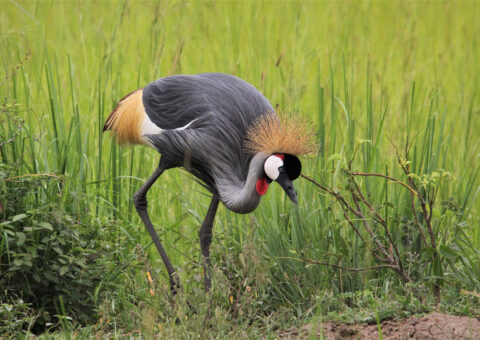In exploring Murchison Falls National Park, visitors can dive into the wonders of the largest protected natural area in Uganda. This place of incredible beauty is home to the world’s most powerful waterfall, Murchison Falls. Situated along the banks of the majestic Nile River, the park offers mesmerising landscapes, an opportunity to connect with nature responsibly and a chance to support the conservation of rare creatures like the endangered white rhinoceros.
~ This guide is a collaboration between local expert Aisha Nabwanika and frequent visitor Susan Onyango ~
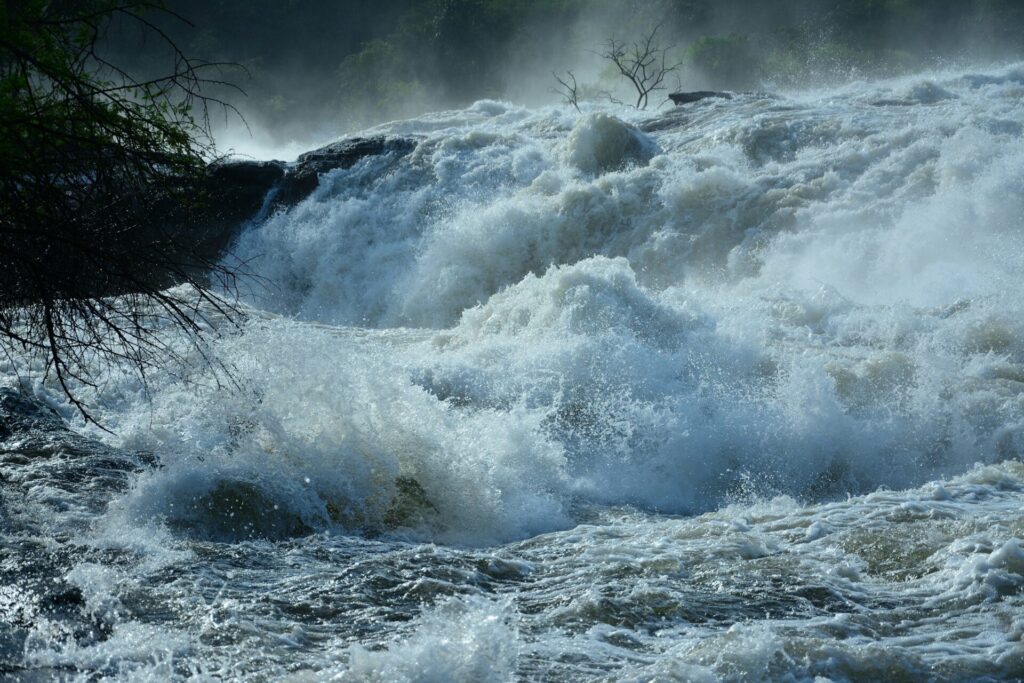
Upon Arrival
After a visitor arrives in my area, I always recommend going straight to the breathtaking Murchison Falls because they portray the stunning power of nature and represent the pride of the local community in Uganda’s environment.
I tell first-time travellers to set out on a thrilling game drive to explore the vast savannah plains and encounter the diverse wildlife that inhabits the national park. While they’re at it, I also remind them to avoid littering or disturbing the wildlife.
People from here know better than to exploit the wildlife for personal gain. Instead, they would rather engage in sustainable practices such as community-based tourism initiatives and support the local economy through encouraging responsible travel.
The best place to start your journey and get a good sense of this place is the Visitor Centre at Murchison Falls National Park because it provides comprehensive information about the park’s rich history, diverse wildlife and stunning natural attractions. You’ll find interactive exhibits, informative displays and knowledgeable guides who can provide insights into the park’s ecological significance and conservation efforts.
Parents should take their kids to the Ziwa Rhino Sanctuary near Murchison Falls National Park for a unique opportunity to see the critically endangered white rhino up close. This conservation project not only safeguards these magnificent creatures but also promotes community involvement and education, instilling a sense of responsibility and pride in the next generation.
Food from the Heart
Among the dishes we are most proud of, rolex — a Ugandan speciality where a combination of eggs and vegetables are rolled up in a chapati — is an absolute must. To really enjoy it, I send visitors to the bustling street stalls near the national park entrance.
When we get together to celebrate, waragi is what people here traditionally drink. I like to gather my friends and go to the lively local bar known as King’s Bar for a round of this homegrown gin, infused with regional botanicals.
When I eat completely local, I go to Queen’s restaurant. I know the food here is prepared using traditional recipes and fresh ingredients sourced from the nearby communities.
Another two classic, iconic restaurants include Green Nile Restaurant Pakwach Uganda and Paraa Safari Lodge Restaurant. Not only do they offer delectable dishes but also provide stunning views of the Nile River and the national park.
The part of town where locals come for traditional food is Pakwach Town. Here, you’ll find a variety of small eateries and local food vendors serving authentic Ugandan food, including staples like matooke (boiled and mashed plantains), groundnut stew, and various meat and fish dishes.
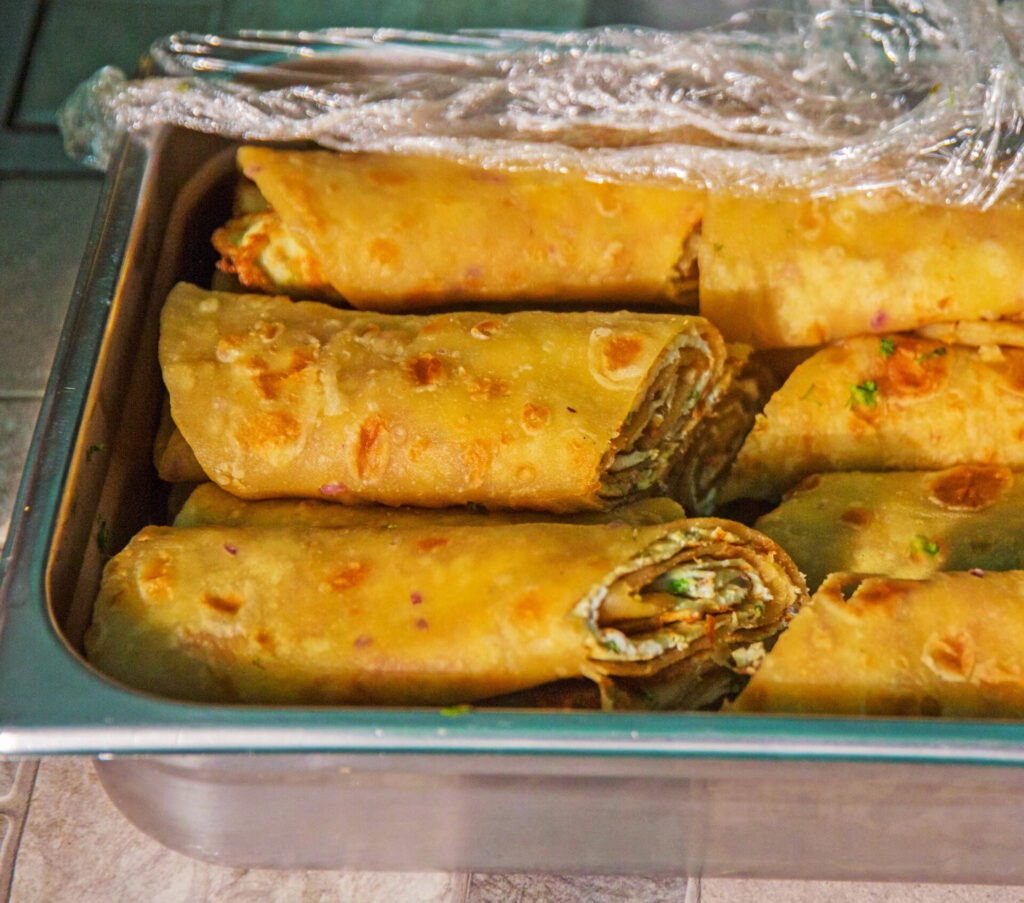

Shopping Locally
The surrounding community is known for exquisite handmade crafts and artworks that showcase their creativity and craftsmanship.
The best food market in the area is in the nearby town of Masindi. And the best market to buy everyday items like handmade soaps, organic honey and locally produced textiles is Pakwach Craft Market.
I always take visitors to the Ziwa Rhino Sanctuary’s gift shop to buy real, local souvenirs. The products here, such as handmade crafts, artwork and clothing, are created by local communities and directly support rhino conservation efforts. And we know to avoid purchasing wildlife products such as animal skins because they contribute to the illegal wildlife trade and endanger the national park’s precious biodiversity.
Getting Deeper Into Murchison Falls National Park, Uganda
A great book to learn more about this remarkable national park is Murchison Falls National Park: Uganda’s Untamed Wilderness by John D. McNutt.
Most people know about the iconic Murchison Falls but they should also visit the lesser-known Kaniyo Pabidi Forest, a home to a habituated community of chimpanzees that allows visitors to engage in responsible primate tourism while supporting conservation initiatives. This area of mahogany forest is also a birders’ paradise, with many rare species to spot.
The national park is a place people are attracted to because of its incredible biodiversity and the extraordinary landscapes that unfold at every turn.
Most people think of Murchison Falls as a place to casually observe wildlife, but really this is a destination to commune with nature on a profound level, appreciate the delicate balance of ecosystems, and to understand the importance of conservation.
This is one of the best places in the world to experience the raw power of nature through the thundering falls and the unspoilt beauty of the landscape reflected in the diversity of wildlife and the protection of rare species. Locals are proud of that because it showcases the resilience of their community and their commitment to safeguarding the natural heritage of the region.

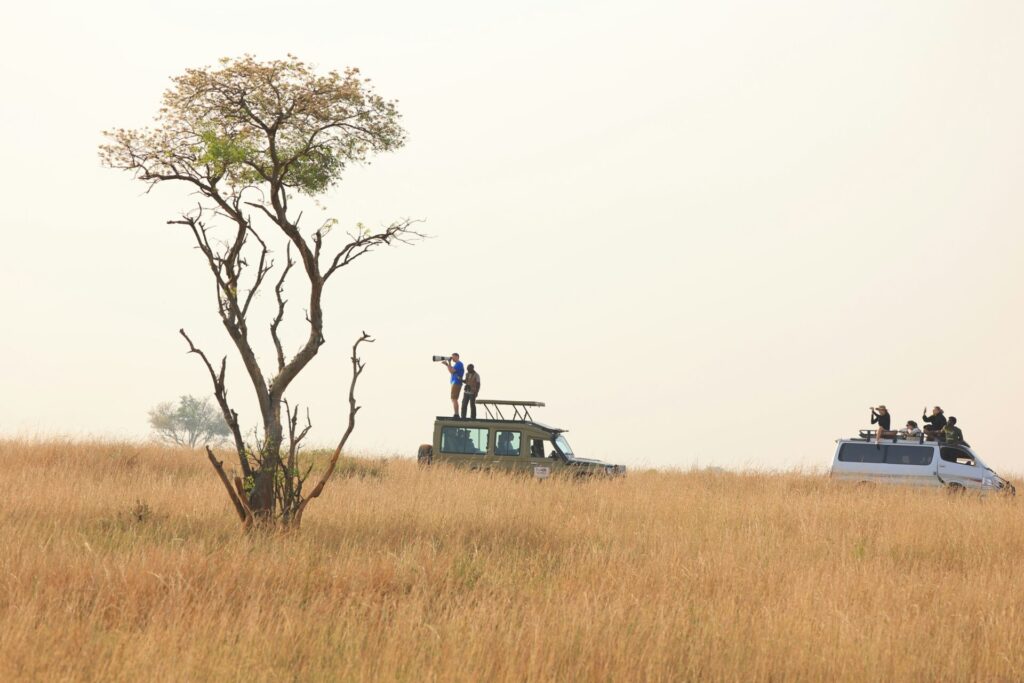
Getting Around Murchison Falls National Park
One thing you should know about getting around the area is that guided safaris and tours are highly recommended.
The best way to travel here and have as little impact as possible is by using the more eco-friendly modes of transportation, such as open safari vehicles or boats.
Luckily these methods also allow visitors to fully plunge into the sights, sounds and smells of the park. Being open to the elements and immersed in the environment enhances the overall safari experience, enabling you to connect with nature in a more up-close and personal way.
Inside and Outside the Park
To get away and into the outdoors, I like to enjoy a nature walk along the designated trails within Murchison Falls National Park.
For a day trip just beyond my area, I like to visit the Budongo Central Forest Reserve. This magnificent tropical rainforest is renowned for its rich biodiversity, including a thriving population of chimpanzees.
Many people will head to the main Murchison Falls viewpoint, but locals know to go to the Top of the Falls.
I really enjoy the view from Paraa Hill. This elevated viewpoint offers a sweeping vista of the park’s vast savannah plains, the meandering Nile River and the distant rolling hills.
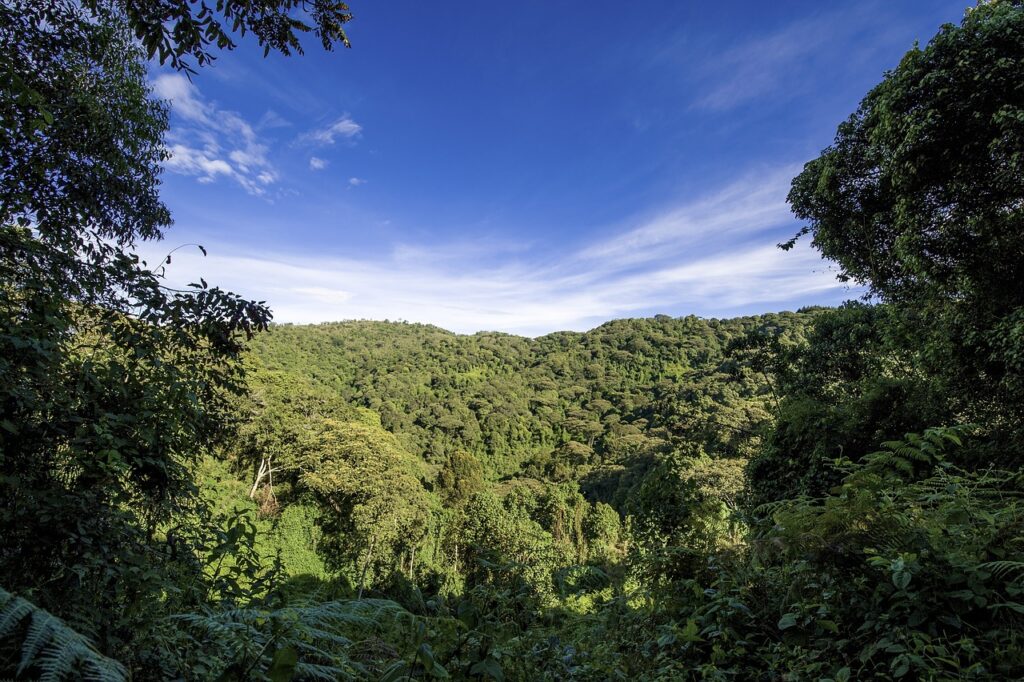
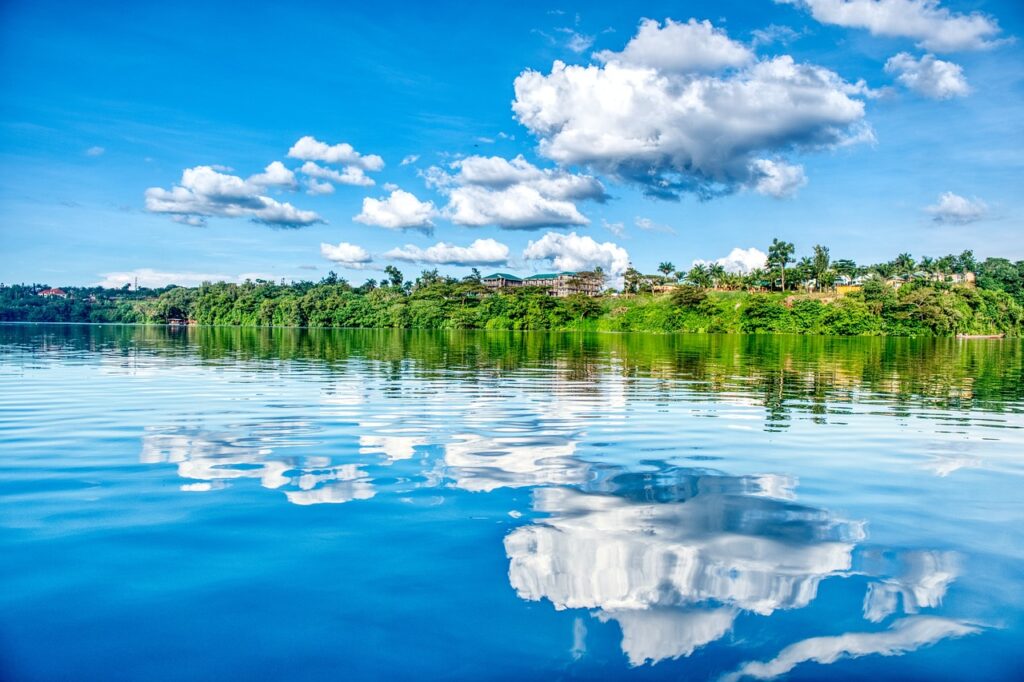
Connecting with Locals
When I want to have fun and celebrate being in this special place, I join in the traditional dances and music performances organized by the local communities, often held around campfires in the evenings.
To hang out with my friends and go to a real insider spot, I go to the nearby town of Bulisa where I visit the local markets.
The best resource for finding out what’s going on around town (events) is the community notice boards located in major towns near Murchison Falls National Park.
When I want to enjoy Murchison Falls without spending much (or any) money, I go on self-guided walking safaris. The park offers a network of well-marked trails that allow visitors to explore on foot, taking in the wonders of the wilderness at their own pace.
The local communities often organise traditional music performances and dances at the Nile Safari Lodge, my first choice for music because it hosts regular cultural nights featuring live music played by talented local artists. And when I feel like dancing, I go to the lodge’s vibrant dance floor to get into the groove with traditional and contemporary African music.
Finding Solitude in Murchison Falls National Park, Uganda
When I want to go somewhere particularly peaceful to sit and relax, I go to the Nile’s banks.
The place that makes me proudest of this area is the Ziwa Rhino Sanctuary, a dedicated conservation area for the endangered white rhinoceros. They offer encounters from rhino trekking to birding tours, along with nature hikes, night-time nature walks, a shoebill trek and canoe ride.
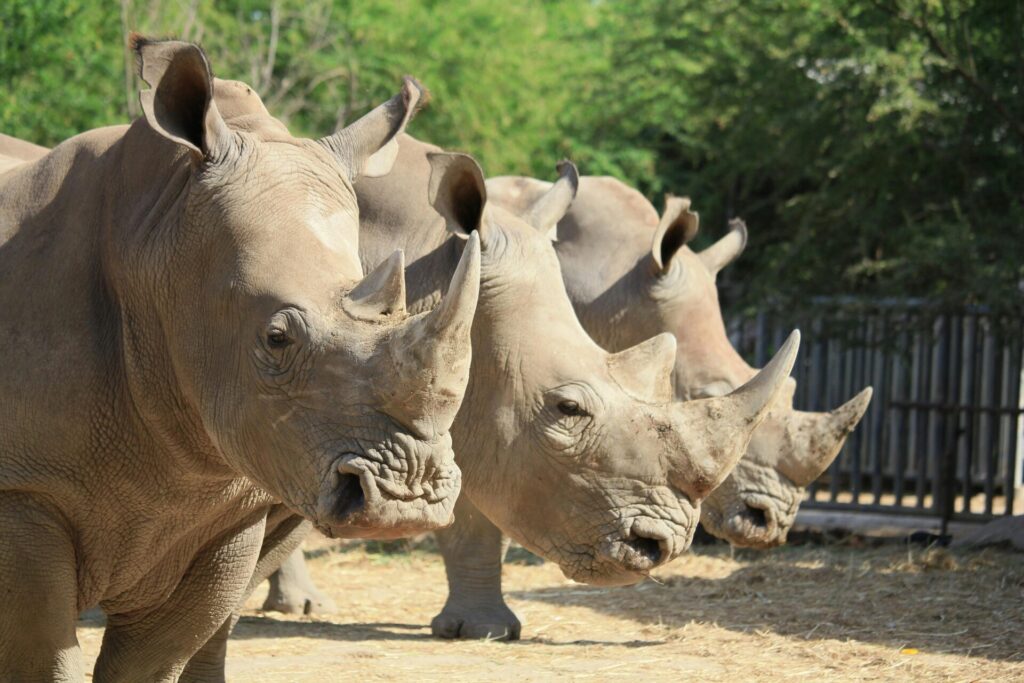
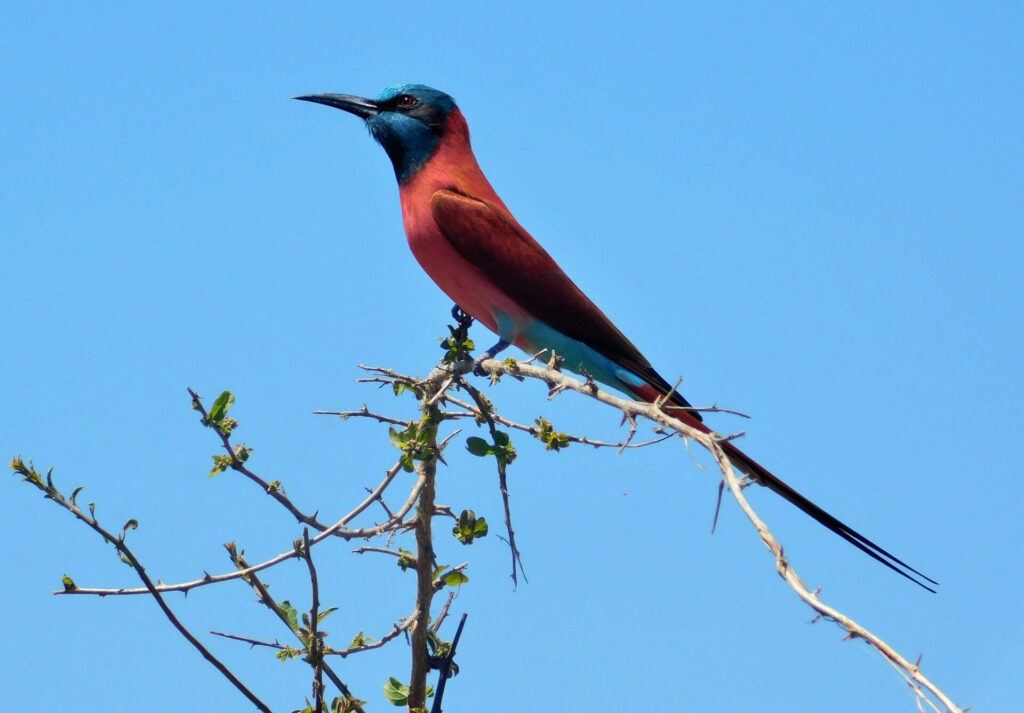
When the Seasons Change, This Landscape Shines
Uganda’s climate has two dry seasons (December to February and June to August) and two wet seasons (September to November and March to May).
January to March is the best time to experience birding safaris during the drier weather. In April and May, during the low season, there is the advantage of fewer visitors and rates can be lower as well.
From June to August I always recommend boat safaris along the Nile River. These dry-season months offer pleasant temperatures and clear skies, making it an ideal time to explore the park’s waterways.
September to November is magical here as the landscape, encouraged by rainfall, grows lush with greenery while birdlife activity increases during their breeding season. Towards the end of this period the wet season comes to a close and water levels recede, leaving the park’s areas at their most accessible.
December to February is great for game drives in Murchison Falls National Park. In this dry season it’s easier to witness the grandeur of the falls and at the same time spot wildlife congregating around the Nile. In the drier weather, animals gather around the remaining water sources, providing excellent opportunities for sightings.


